
Blockbusters, sci-fi, thrillers, horror, and romance — Hollywood has long had the power to captivate audiences with engaging stories and narratives. However, the film industry often takes liberties with the truth in its pursuit of entertainment. From historical inaccuracies to exaggerated depictions of everyday life, movies frequently perpetuate myths that can shape our perceptions and expectations. Here are 15 movie myths that are not true.
Silencers Make Guns Whisper-Quiet
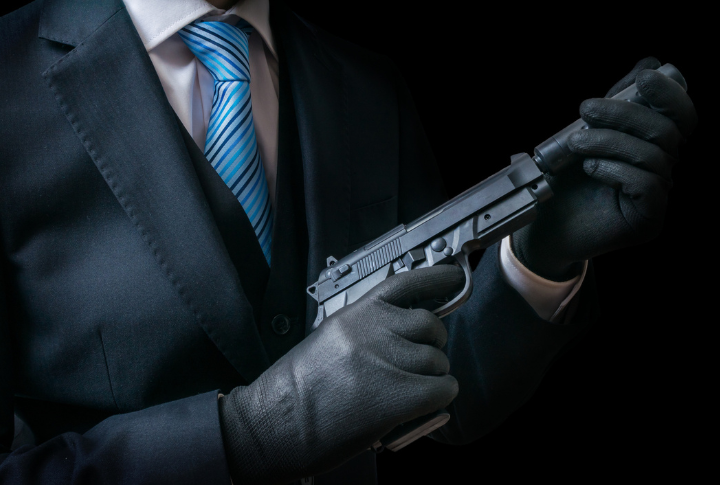
In the movies, silencers magically transform gunshots into barely audible puffs, making them seem perfect for taking out someone in the bedroom without anyone in the whole house hearing a sound. However, in reality, a silencer only reduces the gunshot noise to the level of a loud hand clap, which is hardly discreet. So before you accept that secret mission, just know silencers aren’t so silent.
Defibrillators Restart a Stopped Heart

Remember the numerous episodes from Grey’s Anatomy where a flatlined patient is miraculously brought to life with the screams of “Clear!” followed by numerous shocks to the chest? Movies often depict defibrillators as miracle devices that zap a flatlined heart back into action with a single dramatic jolt. In reality, defibrillators correct irregular heartbeats rather than restarting a stopped heart.
Quicksand Sucks You Under Instantly

Cinema frequently portrays quicksand as a monstrous trap that devours victims whole in mere seconds, adding an element of peril to jungle adventures. In truth, quicksand is dense and offers buoyancy, meaning you’re more likely to float than sink rapidly. The dramatization serves to keep audiences on the edge of their seats. Picture an explorer leisurely floating in quicksand, waiting for rescue, instead of flailing dramatically — not movie-worthy, is it?
Hackers Crack Systems in Seconds

The typical Hollywood hacker is a young prodigy in cargo shorts and a hoodie while typing at lightning speed, cracking top-tier security systems within seconds, often with a mischievous grin. Off the screen, hacking systems involve tedious hours, days, or even months of painstaking work and sophisticated techniques. Filmmakers prefer the swift clickety-clack of keyboards for pacing and excitement.
Chloroform Knocks People Out Quickly

While chloroform takes some minutes to work and needs to be carefully administered in an accurate dosage — kidnapping scenes often show a quick whiff of chloroform in a scarf, sending characters into unconscious slumber almost instantly, adding to the drama. The rapid knockout trope serves the urgency of cinematic plots; a knockout scene can’t roll for ten whole minutes, can it?
Bulletproof Vests Make You Invincible
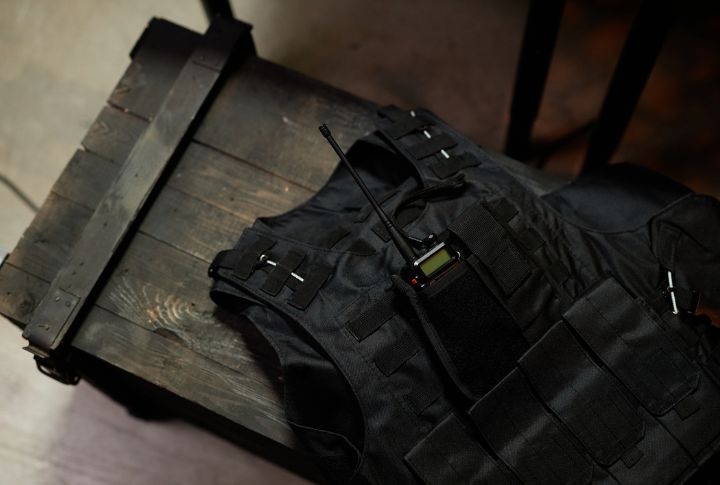
Action heroes’ invulnerability to bullets is a cinematic exaggeration to keep viewers confident in the heroes’s strength. Hollywood often depicts characters shrugging off bullets thanks to bulletproof vests, but while vests prevent penetration, they don’t eliminate impact or injury. The force of a bullet can still cause bruises or fractures.
Car Explosions Happen Easily

The spectacular blasts in movies when two cars collide, with one or more inhabitants rolling out before impact, only heighten visual excitement. On the contrary, modern cars have numerous safety features to prevent such explosions. Even if cars were to explode, it wouldn’t happen without burning for a while. Explosions usually occur when the glass components of cars are under high tension from an already burning car.
Lasers Are Visible Beams
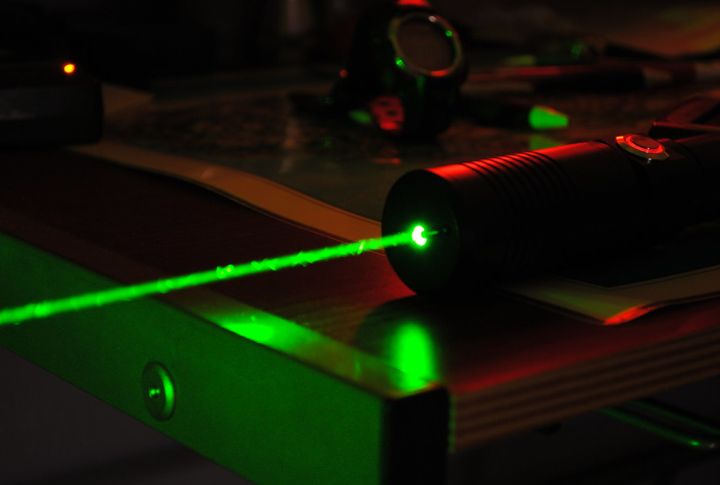
Sci-fi movies often feature lasers as brightly colored beams visible to the naked eye. Actual lasers, especially those used in technology, are mostly invisible. Filmmakers use this visual effect for dramatic impact when people navigate laser rays during bank robberies or even dodge shots from a laser gun. Science fiction is the most notorious for bending reality for storytelling purposes.
Picking Locks

Real-life locksmiths would fume at the lock-picking portrayals of some films, which involve thieves casually using simple tools and even hairpins to pick locks in a matter of seconds, as if every lock in the world is a minor inconvenience. Practically, lock picking is more of a marathon than a sprint. It is a skill that requires significant practice and specialized tools and can be pretty time-consuming.
Swimming Away from an exploding Ship

Action heroes often escape explosions aboard a ship by diving into the water and swimming to safety. Hypothetically, if you’re aboard a ship that explodes, the odds of survival are slim because of factors like flying parts, disorientation, and stampede. Not to mention, shockwaves from underwater explosions can be deadly.
DNA Results Are Instantaneous

In crime dramas, DNA analysis often yields results within minutes and can be lifted from literally anywhere. However, real-life forensic testing is much more complex and time-consuming. The actual process involves several detailed steps, including DNA extraction, quantification, amplification, separation and analysis, and interpretation. Each step requires careful handling and can take days or weeks.
Hiding Behind Objects Stops Bullets
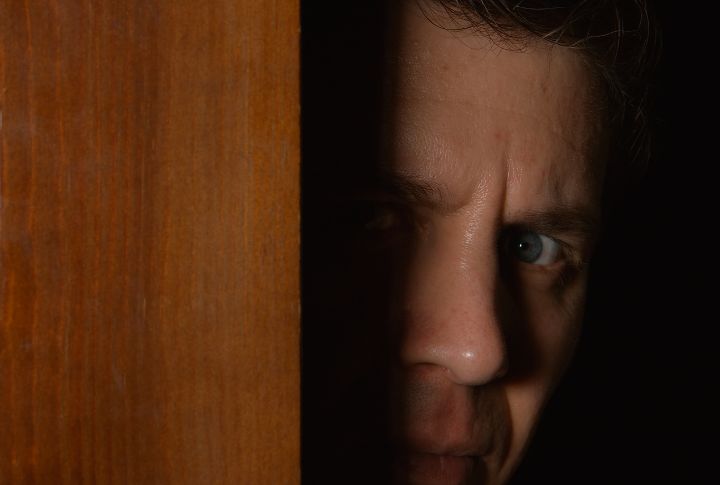
Handguns typically fire bullets at speeds between 700 and 1,500 feet per second, while rifles can shoot bullets at speeds exceeding 2,000 feet per second. The force of a bullet is substantial, with even small-caliber bullets exerting hundreds of foot-pounds, enough to penetrate wood, drywall, and thin metal. Comparing this to movie characters hiding behind couches to escape bullets is just plain hilarious.
Space Explosions Are Loud

Sci-fi films often depict space battles with loud explosions, but in the vacuum of space, sound cannot travel, as there is no medium like air or water to carry sound waves. Explosions in space would be silent, though they may still be visually dramatic due to the rapid release of energy and the visible debris. The dramatic sound effects used in movies are added to enhance the viewing experience.
Air Ducts are the Perfect Escape Routes
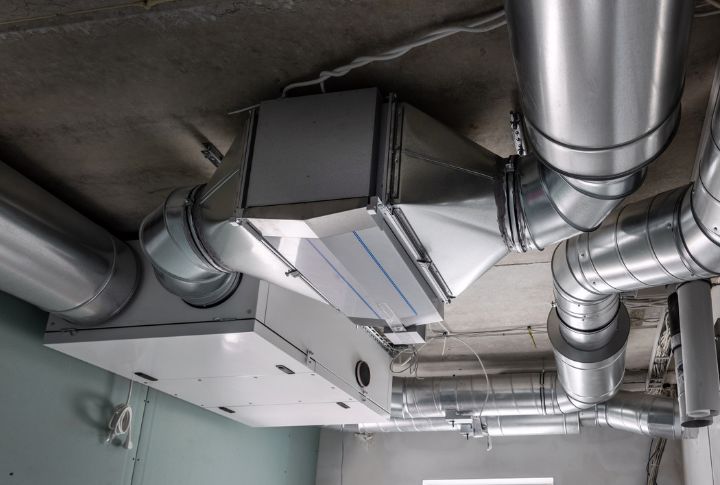
Contrary to blockbuster movie opinions, air ducts are typically narrow and not designed to support a person’s weight, making it difficult for most adults to fit and move through them. Additionally, the ducts are often filled with sharp metal edges, screws, and potentially hazardous dust and debris, posing significant injury risks.
Villains Lecture About Their Plans

Remember any movie where the villain reveals his detailed plan for executing his grand scheme, including who will help him and the location? A typical example is Hugo Drax in Moonraker, whose gloating made him lose an ally who realized he was being used. This typical Hollywood plot differs from the secrecy known to exist in war psychology, where a competent adversary would keep their plans secret to maintain the element of surprise and avoid giving their opponent any advantage.


Comments
Loading…